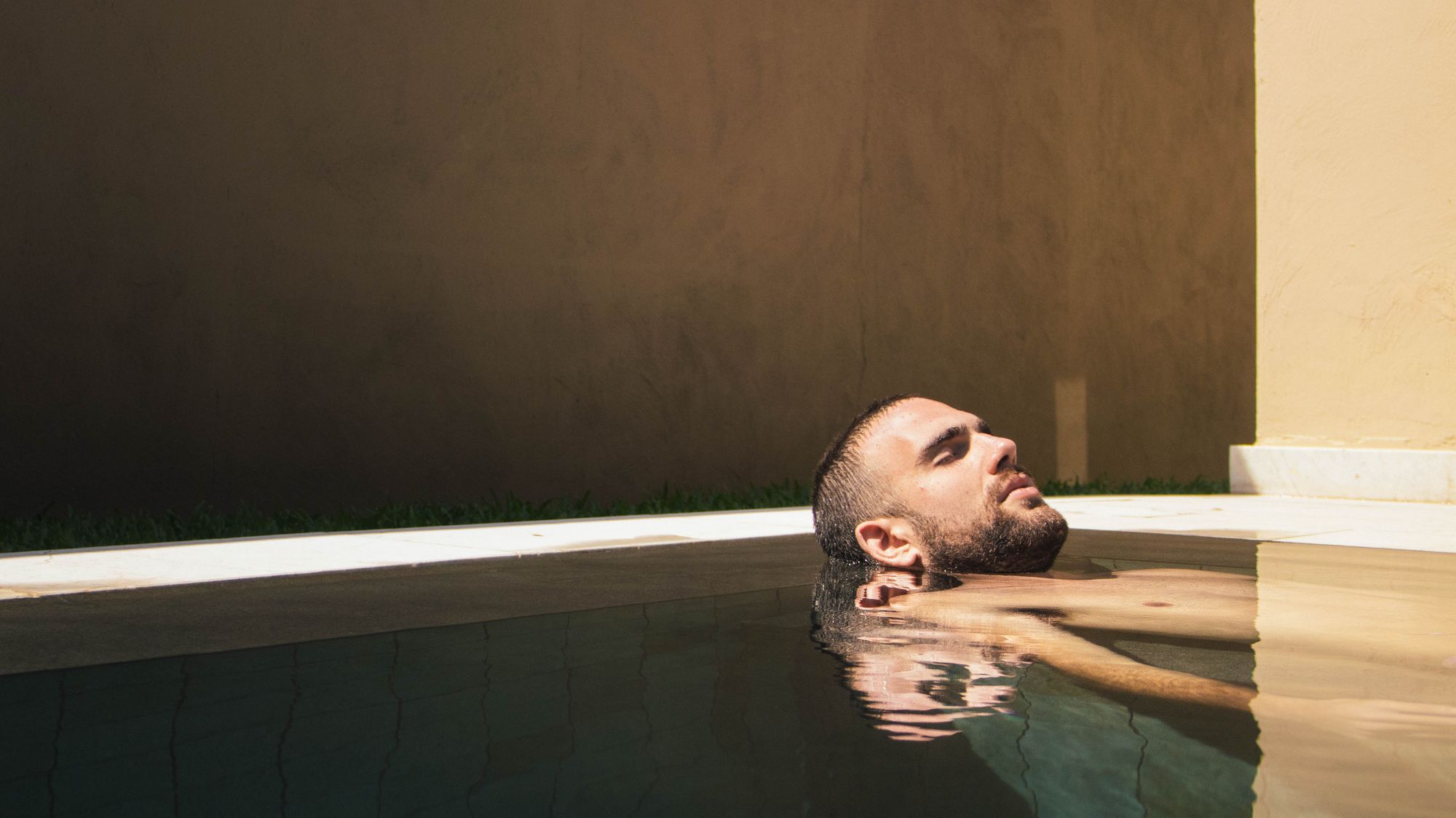How To Meditate: Body Scan
An informative, easy to use guide on how to practice body scan meditations.

Feel anxious, want to meditate, but don't know how?
I know how you feel.
I didn't start meditating until I was in my early twenties, partly because I was not really aware of it, but also because I didn't really know how. Since then, I have practised various types of meditation and yoga, including mindfulness and pranayama breathing. As a result of this practice, I have felt an ever-decreasing level of anxiety in my life. Such a profound benefit has come as a result of a practice and set of techniques that are very simple to do. So, I wanted to share these simple techniques with you.
In the first of our 'How To' series, I am explaining how to practice body scan meditations.
Learn to manage anxiety in only 5 minutes per day
What Is A Body Scan Meditation?
Body scan meditations are a very popular method of mindfulness. You practice by returning your awareness to yourself through focusing on different parts of the body. A lot of people find this relaxing and this helps to reduce anxiety (though the focus is to simply be present and aware of sensations). It is a very simple technique that anyone can practice. You may remember briefly learning about body scans in one of our earlier articles.
By directing your attention to how each part of your body feels, this type of meditation can help you better manage pain, stress and anxiety.
Here's a quick 3 minute body scan meditation example for you to check out:
How To Body Scan
In this practice, you will work your way though different parts of your body, attending to each with focus. It's important to begin by getting comfortable and taking some deep breaths. After completing each step, remember to continue breathing slowly and evenly and feel the relaxation after releasing tension.
- Breath: Get comfortable, either sitting or laying down and take some deep breaths.
- Feet: We begin at the bottom of your body. Increase the tension in your feet and toes, as tight as you can, over 10 seconds. Slowly release the tension for 30 seconds.
- Legs: Slowly increase the tension in your calves, then your quadriceps and thighs over the next 10 seconds. Now, gently release the tension over 30 seconds and feel the calmness.
- Buttocks: Gently increase the tension in your buttocks over 20 seconds. Now, slowly release the tension over 30 seconds. Remember to breathe evenly.
- Arms and hands: Slowly make a fist with both hands, pull them into your body and hold for 20 seconds, squeezing. Then, release them over 30 seconds.
- Neck and shoulders: Raise your shoulders up towards your ears, holding for 10 seconds. Gently release, for 30 seconds, and feel the tension fall away.
- Jaw: Tense your jaw, holding for 10 seconds. Release, slowly, for a full 30 seconds. Remember to breathe slowly.
- Forehead: Tense the muscles in your forehead, holding for 10 seconds. Now, slowly release tension over a long, slow 30 seconds. Feel the relaxation and continue breathing, slowly.
- Breath: Focus on your breath again. Start to wiggle your toes and fingers and bring your awareness into the room around you. When you feel ready, slowly open your eyes.
If you feel like it's too long, or too short, you can always adapt it. For example, you can group your body into less sections in order to save time (e.g. start with your feet and legs together) or if you have more time, you can separate them even more (e.g. start with your toes, then feet, then ankle).

Tom's Top Tips
Here are a couple of my tips for practising body scan meditations:
- Allow yourself some time to find your groove. It took me the first few tries to find how I liked to practice body scans and I couldn't do it very well without a guide. With practice, it gets easier.
- Don't get annoyed by wandering thoughts or if your focus is elsewhere. This happens and it will continue to happen, so I just recognise the thought exists and then re-focus.
- Don't be afraid to try this meditation outside of your home. I maintain the belief that meditation can be practised anywhere, anytime and anyplace. In this specific case, an example may be 'mini-body scans'. You could be at work and can feel that your shoulders are hunched over - in that moment, just take a second and focus on a certain part of your body and recognise the sensations you feel. I have done this before and it helps me to be more productive.
- If you can, build a routine that works for you. Some people prefer the morning, some the evening, but meditation is a very personal thing and so it is up to you to find the best time. For example, I practice mindfulness meditation during the mornings.
Learn to manage anxiety in only 5 minutes per day
